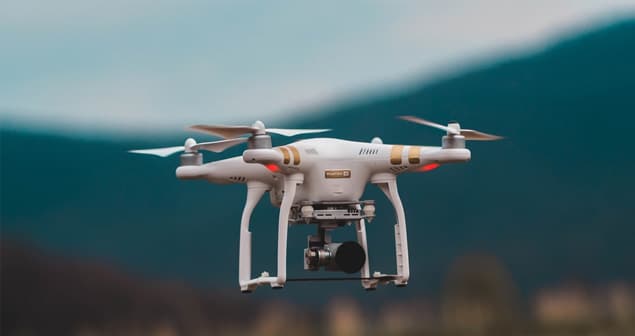- Contact Us
- +91-98111-55335
- [email protected]

“India’s Tech Ecosystem Encompassing IoT Deployment Is At Curious Crossroads”
May 23, 2020
Configure Arduino Uno As Square Wave Generator
May 23, 2020Do’s and Don’ts Regarding Operation Of Drones

Unmanned Aircraft System (UAS)/Remotely Piloted Aircraft System (RPAS), commonly known as
drone/UAV, is a new addition to the aviation sector. This technology has a promising effect on the economic growth of India; both manufacturing and service industries. As more people enter the commercial and recreational hobby drone scenes, the prospects for drone accidents/incidents also multiply. This applies not just to newcomers/amateurs but even to professionals. As per the regulation, there are five categories of RPAS categorised by weight, namely, nano, micro, small, medium, and large. Here are some operational safety tips to ensure that you have better and safer flying experience, not just for yourself but for the people around you
Do’s
- Ensure your drone (except Nano in uncontrolled airspace up to 15 metres) is Digital Sky ‘No Permission – No Take Off’ (NPNT) Compliant
- Obtain Unique Identification Number (UIN) from Directorate General of Civil Aviation (DGCA) for operating in controlled airspace and affix it on your drone
- Obtain Unmanned Aircraft Operator Permit (UAOP), if applicable from DGCA for commercial operations and keep it handy
- Obtain Permission before each flight through Digital Sky Platform
- Ensure the drone is in good condition (not damaged) and fit for flying safely
- Keep an eye on interference: Interference can be from mobile devices or blockage of signals, do watch out when flying your drone
- Fly only during daylight (after sunrise to before sunset)
- Fly in good weather: Good weather lets you not only fly your drone better but also keep track of it in the air
- Fly in visual line of sight (VLOS): Always be within visual range of your drone
- Follow flying guidelines
- Do your homework before spending considerable money on a drone. Make sure you clearly understand all operational and regulatory aspects
- Be aware of Airspace Restrictions/No Drone Zones
- Do stay away from airports and heliports
- Respect the privacy of people
- Keep local police informed about your drone flying activity. If you are ever approached by police provide all requisite information.
- Do log your flights and intimate concerned authorities (like DGCA, local police, etc) of any incidents/accidents
Don’ts
- Don’t fly a nano drone above 15m (50ft) from the ground level
- Don’t fly a micro drone above 60m (200ft) from the ground level
- Don’t fly drones more than 120m (400ft) from the ground level
- Don’t fly a drone near other aircraft (manned or unmanned)
- Don’t fly a drone near airports and heliports
- Don’t fly a drone over groups of people, public events, or stadiums full of people without permission
- Don’t fly a drone over government facilities/military bases or over/ near any no-drone zones
- Don’t fly a drone over private property unless permission is given
- Don’t fly a drone in controlled airspace near airports without filing flight plan or AAI/ADC permission
(at least 24 hours before actual operation) - Don’t drop or carry hazardous material
- Don’t fly a drone under the influence of drugs or alcohol
- Don’t fly a drone from a moving vehicle, ship or aircraft
